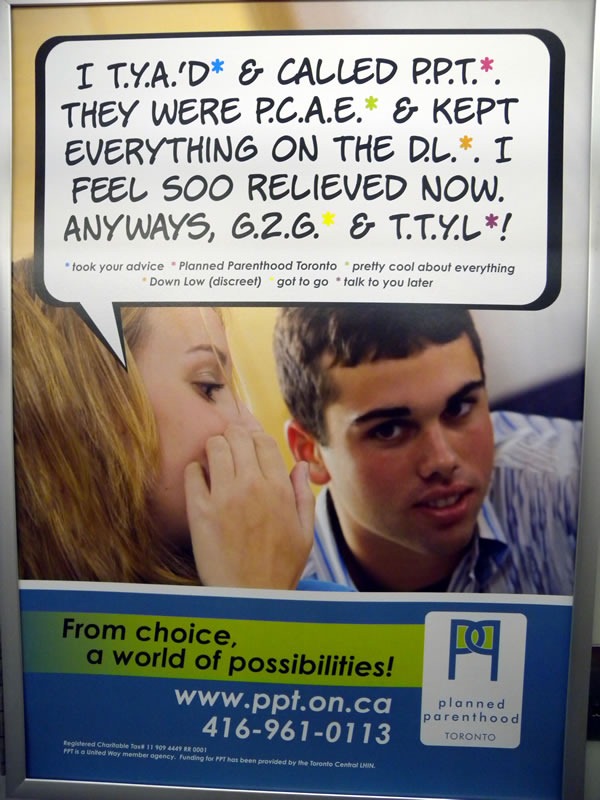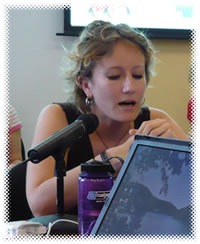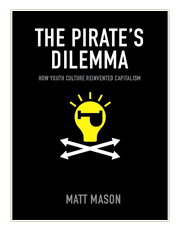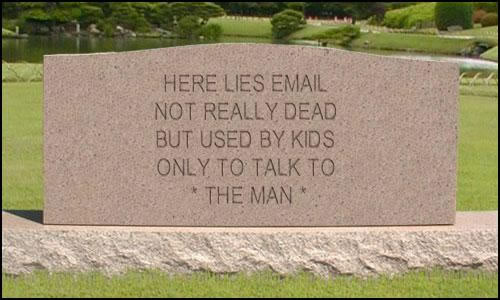What Did You Want to Be When You Grew Up?
According to a Workopolis poll of Canadians, more than 80% of Canadians aren’t doing the job they dreamed of doing when they were children.
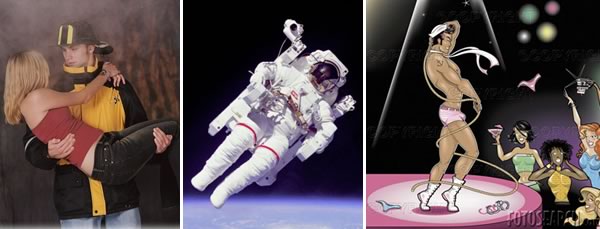
Possible dream jobs.
The poll posed these two questions to adults:
- What was your dream job when you were between the ages of 5 and 9?
- What was your dream job when you were between the ages of 13 through 19?
The results:
- 7% of those surveys are now working at what was their dream job between the ages of 5 and 9.
- 13% of those surveyed are now working at what was their dream job between the ages of 13 and 19.
What I Wanted to Be
Both my parents were doctors, so at the age of 5, I wanted to be a doctor when I grew up. This was in the early seventies, and the way I hear my parents tell it, those were some of the best years to be in medicine, from a money-making point of view.
However, at around age 7, I discovered space and astronomy books. I was glued to the TV set when the Apollo-Soyuz mission took place and followed any news about the not-ready-for-flight space shuttle, which was stilled named the Constitution. (A letter-writing campaign from Star Trek fans would later make them rechristen it as the Enterprise.) I thought I might make a good astronomer, space scientist or rocket engineer.
In my teen years, I met my friend Pavel Rozalski, whose dad did some computer/electronics work at a glass company, and he got me into computers. We developed a sort of early Apple Computer working relationship while working on our science fair projects: Pavel played the “Woz” role doing much of the building of our simulator of AND, OR, NAND and NOR gates, while I was the “Jobs” guy, doing a lot of the writing of reports and talking to the judges. Our heroes were the guys who did stuff out of their garages — Woz and Jobs, as well as Hewlett and Packard. From then on, I was hooked on computers. I wanted to do something computer-related when I grew up.
I was also a dabbler in music and graphic arts (especially cartooning — most people at Crazy Go Nuts University know me for being a DJ and a cartoonist rather than an engineering and computer science major), so I always hoped that there’d be a way to combine those two loves with computers, perhaps with some chatting with people thrown in.
I remember reading an article in Creative Computing, one of the premier computer hobbyist magazines of the late 1970s and early 1980s. In that article, a programmer predicted that in the next coupel of decades, computer programmers might get the same sort of recognition as rock stars. I remember thinking, “Yeah, I’d like that.”
I showed the article to a friend of mine who laughed at me. “That’s stupid. That’s why I’m going to be a rock drummer. It’ll be way better — you’ll be coming home, all tired from work, ready to die, and I’ll be onstage and on TV in front of screaming chicks, getting high off the audience’s smoke.”
(Dude: been there, done that. With an effin’ accordion. How ’bout you?)
Finally, at the end of my teens — or maybe just after — I became aware of Guy Kawasaki, who held an interesting position at Apple: Technical Evangelist. I remember thinking “That’s a cool job…maybe I’d like to do that someday.” Since then, Guy’s been a role model of mine.
All this is an explanation for my generally good mood: I’m working at my dream job.

Me and Chad Fowler playing the opening number for an evening keynote at the RailsConf 2007 conference.
